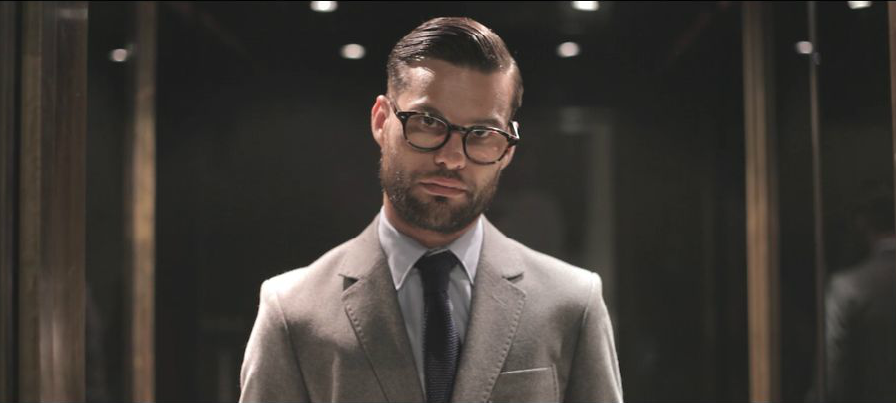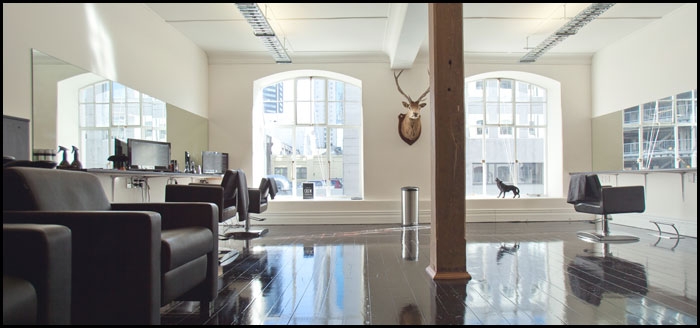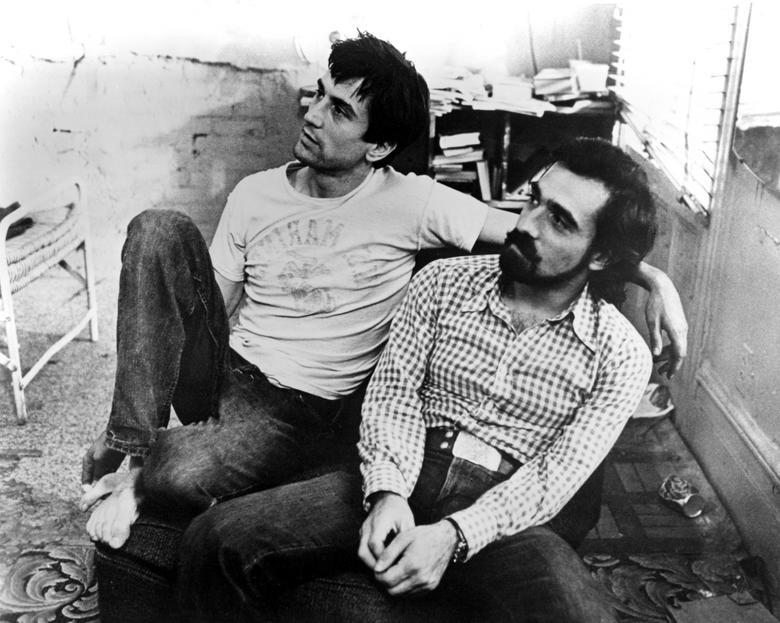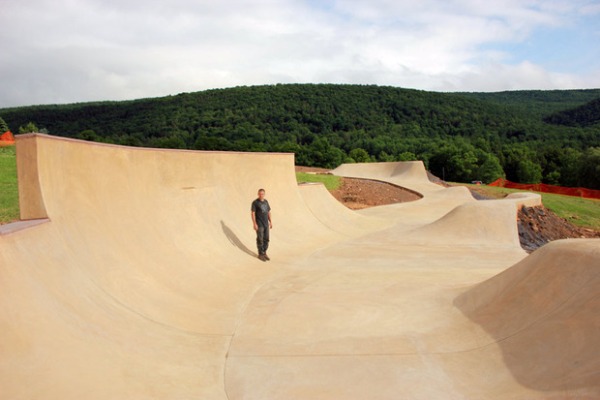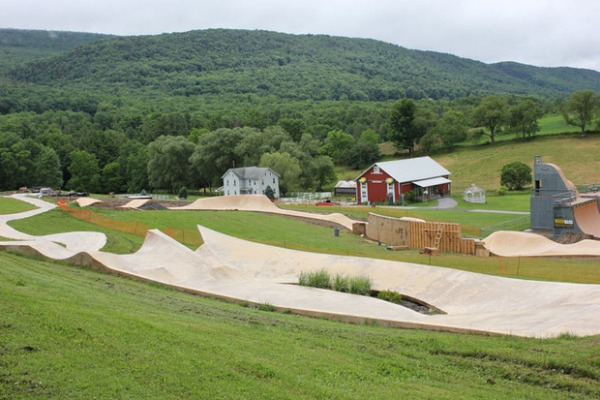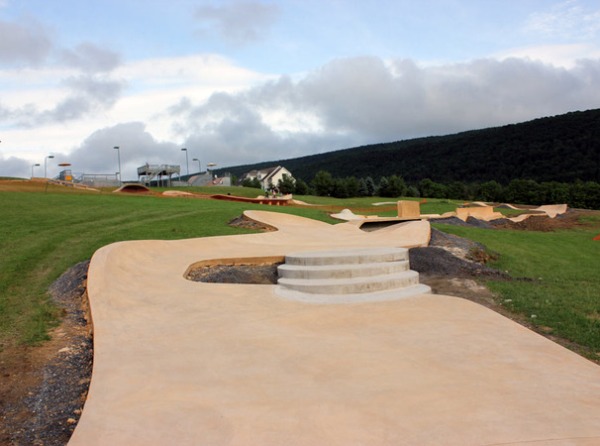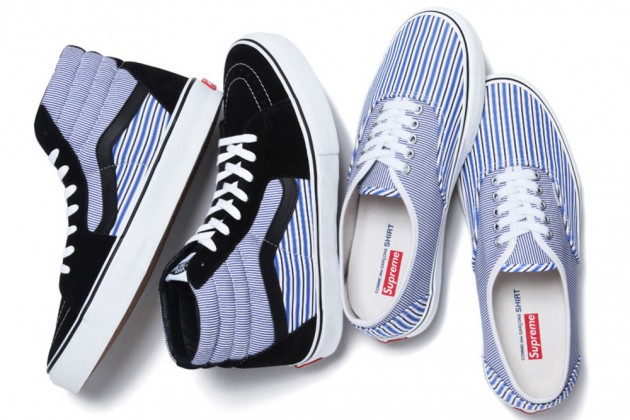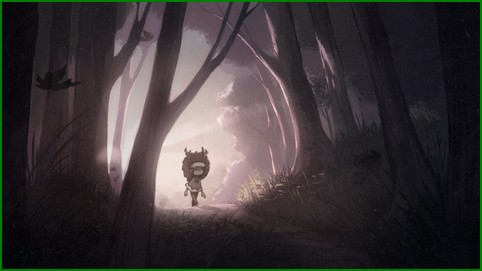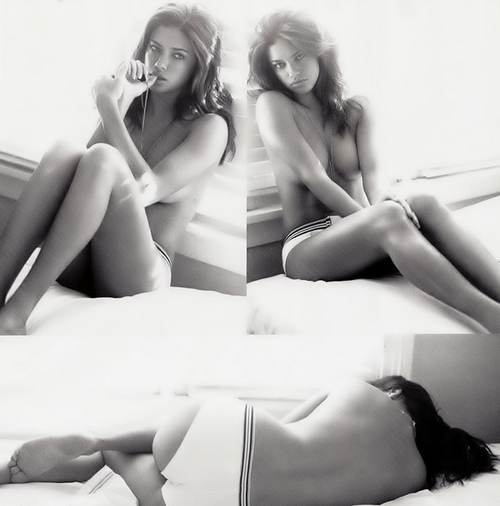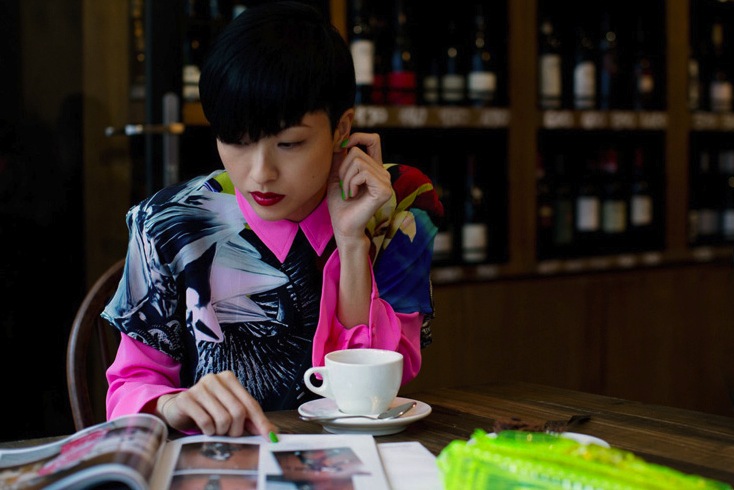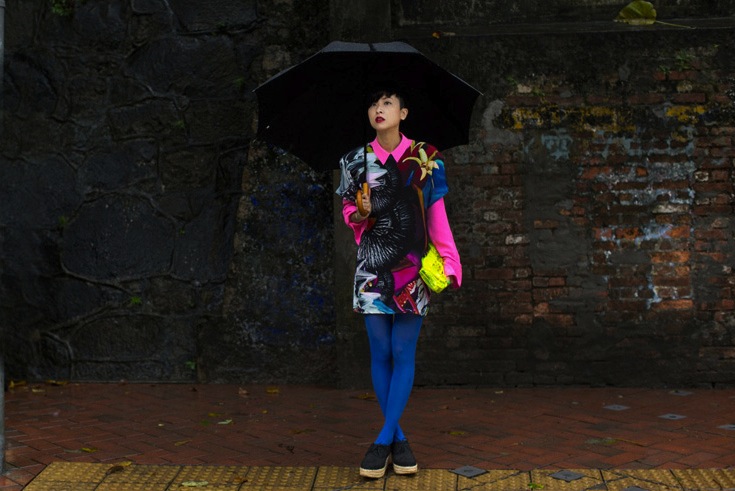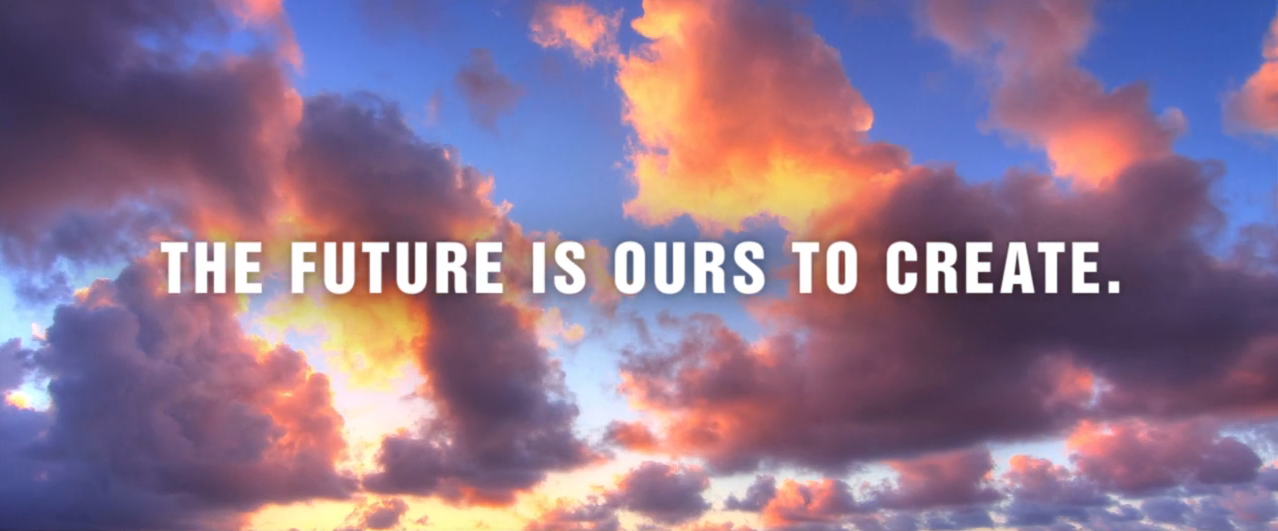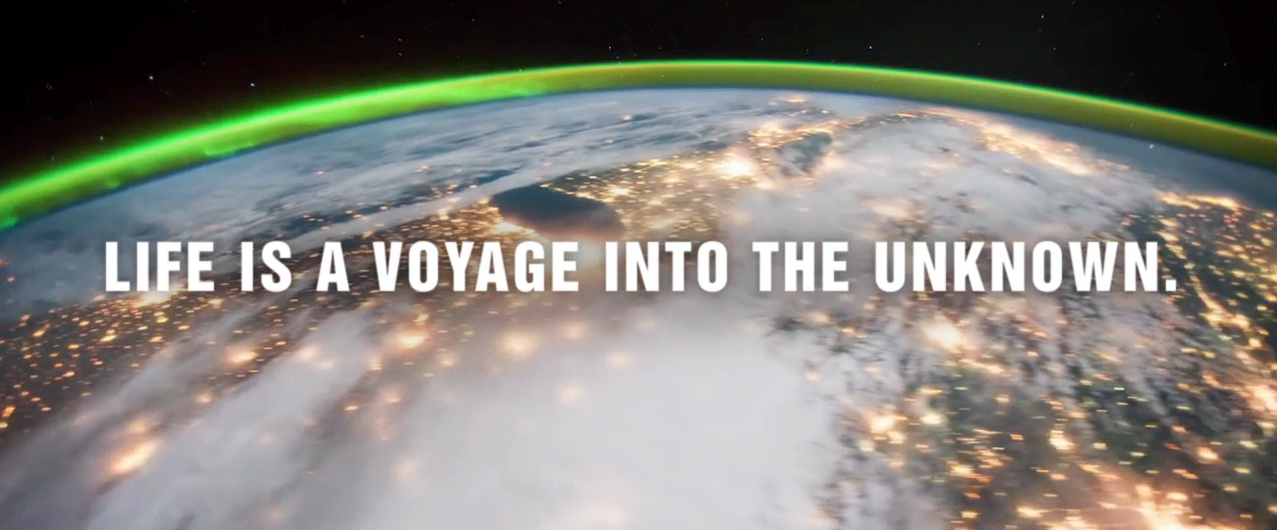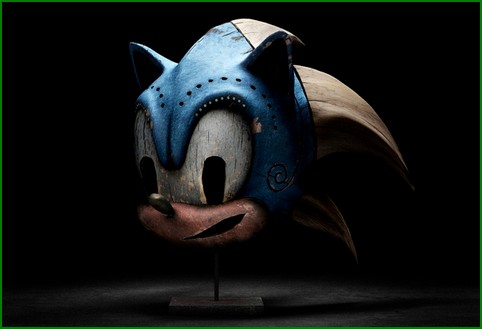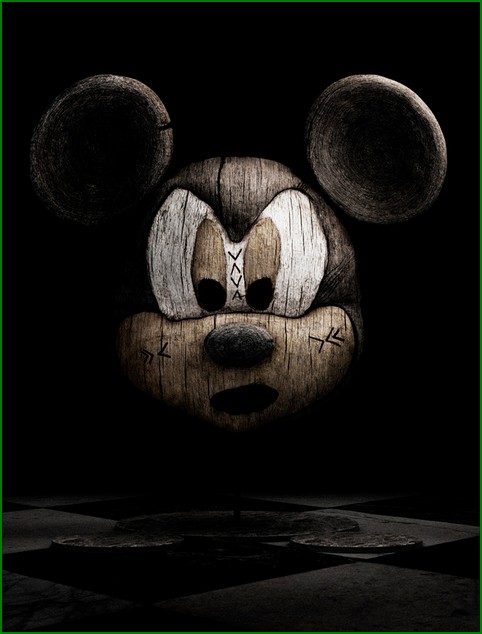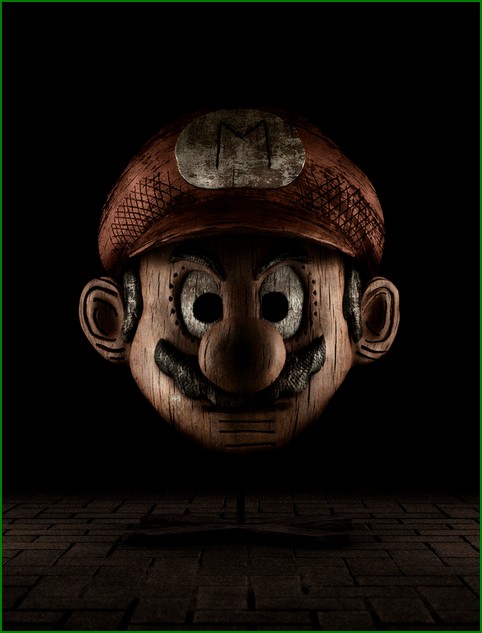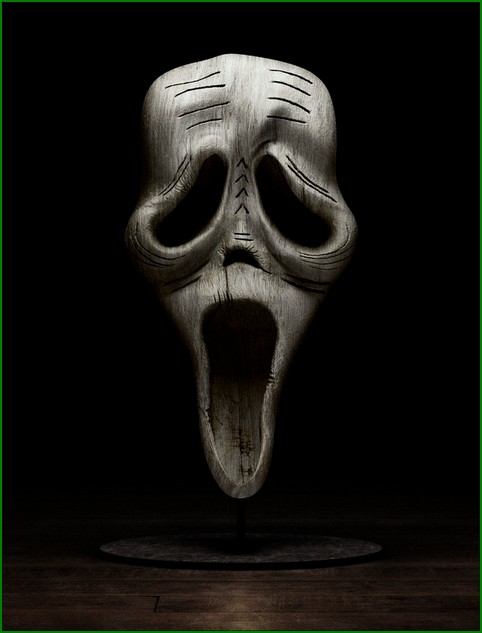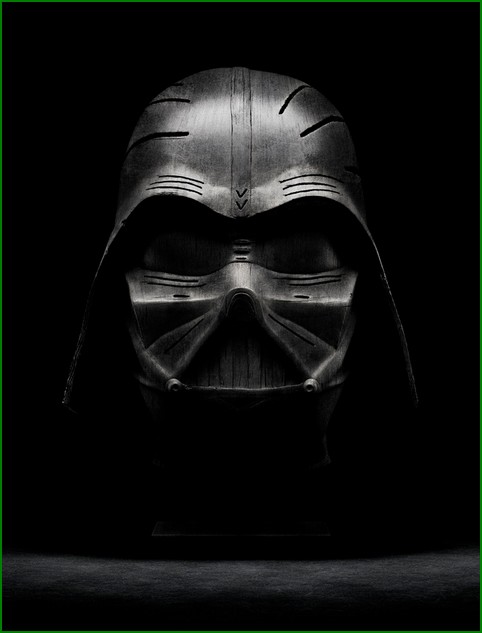Source
Snap!
room 104: Men’s Hair Cut and Cut Throat Shave Video
Room 104 is a men’s grooming lounge located in downtown Auckland. We got together and created a shoot representing the experience of getting a hair cut and cut throat shave at Room 104.
Grooming Lounge Ltd
Achilles House
Room 104
8 Commerce St.
Auckland 1010
New Zealand
LUNATIK (TAKTIK) iPhone Case by MINIMAL Inc.
Chicago-based design studio MINIMAL Inc. has released images of their latest project, the “taktik” iPhone case. The robust case attempts to encapsulate those essential protective details that are often overlooked. A shockproof suspension system enclosed between two anodized aluminium bezels ensures waterproofing, while the option of including a gorilla glass lens further protects the screen. The device’s headphone port is made with aircraft grade anodized aluminum and the case offers a dedicated button for the silence function on the phone that lies within. Minimal is currently seeking funding for “taktik” through a kickstarter program, with an expected production date of mid-August.
Conference of Cool.
Camp Woodward’s Snake Run by California Skateparks
Designed to mimic the sloping school yards and dried concrete waterways of Southern Califorinia, where skateboarding’s roots reach deepest, the snake run is the most fundamental form of all skatepark designs. While most snake runs are characterized by a long narrow path—or ditch—flanked by banks and berms to channel the rider through without pushing, the freshly poured concrete at Pennsylvania’s legendary campWoodward resembles something significantly gnarlier. Designed and constructed by California Skateparks, arguably the world’s best skatepark builders, Woodward’s snake run stretches over 1,000 feet punctuated with head high jumps and quaterpipes.
Since welcoming BMX riders in 1980, Woodward has become the most recognizable name in action sports facilities. While the camp has always been about innovation, the construction of the 20,050-square-footTarget Plaza by California Skateparks in 2009 marked the end of an era dominated by wooden ramps, proving a dedication to staying ahead of the curve in terms of concrete skateboard and BMX park design. Now, with the completion of phase two of the snake run, Woodward is returning to skateboarding’s roots while still keeping an eye on progression.
By building the snake run in phases, California Skateparks is able to adjust their designs on the fly, adding or removing features at will. Even with all the pieces connected after more than 10,000 man hours, Kimler still sees the project as a work in progress. “Next year we can continue to add,” he says. “Maybe we need pocket here, lip there, berm here—it’ll get created, whatever’s awesome.”
WTHR, a Dieter Rams inspired weather app
A$AP ROCKY DOCUMENTARY
The Channel4 (UK) has released a short trailer of the documentary about the Harlem native rapper, A$AP Rocky, who has made his way up to “changing New York rap for good” (The NY Times, 2012) and has had over 30 million views on YouTube. The video was directed by Luke + Barber who luckily got to document A$AP Rocky and his success to fame.
Apple x Microsoft Desktop Touch Concept
Maclife magazine illustrator Adam Benton made up a couple of concept renderings of what Microsoft’s Surface technology would look like wrapped in an Apple package, driven by Apple software. Although we will never see these two companies come together. It’s a very cool idea.
Comme des Garçons SHIRT x Supreme x Vans Release
Both styles will feature Comme des Garçons shirting fabric on the upper of the shoe made exclusively for Supreme. Available at Dover Street Market London, Supreme NY, LA, London and online on July 5th and at Dover Street Market Ginza and Supreme Japan stores on July 7th.
GOTYE: BRONTE
Film clip for the song Bronte, from the Gotye album Making Mirrors
Directed and animated by Ari Gibson at Mechanical Apple
Background art by Jason Pamment.
Hilary Tsui and J.Crew
Hong Kong. Mother, blogger and Liger boutique owner Hilary Tsui wears J.Crew her way, captured by photographers Garance Doré and Scott Schuman. See more at https://www.jcrew.com/helloworld.
BadBadNotGood: The Game-Changers of Jazz
Hypebeast Magazine –
A lightly-struck piano key reverberates in the still air. It flutters and disappears as an upright bass begins to crescendo with a barrage of cymbal crashes. The result is unexpected; a cover of Tyler, the Creator’s “Bastard,” which begins to rapidly increase in tempo before seguing into another Tyler classic, “Orange Juice.”
The culprits? None other than 21-and-unders BadBadNotGood, a jazz trio hailing from Ontario, Canada. Known for their tasteful renditions of hip-hop classics (A Tribe Called Quest’s “Electric Relaxation”), and modern-day rap bangers (Waka Flocka Flame’s “Hard in da Paint”), the group’s sound serves as the antithesis to contemporary jazz music.
At their core the group maintains a jazz aesthetic. Improvisational solos, intricate chord progressions and instrumentation are all there. How the group redefines the genre is through their unconventional influences, youthful vigor and musical experimentation. Take for example, the group’s most recent release, BBNG2. From their electronic, acid-jazz rendition of Earl Sweatshirt’s “Earl,” to original material such as “UWM” and “CHSTR,” the group explores new sounds and ideas that redefine jazz music.
BadBadNotGood’s approach to the genre reinforces an issue that has been at the heart of jazz since the 1980s: The battle between traditionalists, and experimental jazz musicians. Jazz, I would argue, is a genre that observes change cynically. Labeled as “America’s classical music” jazz cleaves to respectability, with traditionalists such as Wynton and brother Branford Marsalis, favoring a more pop and experimental-free approach. “Jazz is supposed to be hard, it’s supposed to be difficult, [and] it’s supposed to be unpopular,” said saxophonist Branford Marsalis in a 2005 article with The Independent.
Such a statement seems to be what BadBadNotGood opposes about jazz music. “In my opinion, jazz has become a lot about technicality and less about musicality,” said keyboardist Matt Tavares in an interview with Hypebeast Magazine.
When BadBadNotGood first performed their medley of Odd Future songs for a panel of jazz performance instructors, the outcome was not well-received. “The comments were like, ‘I didn’t find anything of musical value in this performance,’” said drummer Alex Sowinski in an interview with NOW Magazine.
Miles Davis faced similar criticism with the release of his controversial and innovative 1970 album, Bitches Brew. “They call Miles’ stuff jazz. That stuff is not jazz, man,” said trumpeter Wynton Marsalis during a 1982 interview with Down Beat. Bitches Brew, often regarded as revolutionary for its rejection of traditional jazz rhythms, and experimentation with electric instruments, resulted in a definitive moment for jazz. Some praised Davis for it; others opposed it, even disregarding it as a jazz album.
What many traditionalists seem to forget is that jazz is based upon reinvention and change. Instead of accepting the genre’s evolution, critics are quick to oppose it, disliking the artists associated with the change. Since the 1970s jazz has taken many forms, sheltering an assortment of sub-genres that encompass reggae, metal and hip-hop.
From free-jazz metal thrashers Naked City, to jazz rappers A Tribe Called Quest, these artists showcase the importance of jazz, while reinterpreting it in their own way. BadBadNotGood seem to be a part of the jazz and hip-hop spectrum, turning rap songs into compelling jazz arrangements. Although the group is quick to be compared to jazz rap contemporary Robert Glasper, BadBadNotGood pays homage to hip-hop in a much more abrasive way. As NPR puts it the group’s approach is, “much less refined — and intentionally so, with a brash attitude and youthful energy winning out over technique.”
This is absolutely true. A testament to the trio’s dynamic sound, would be when they performed in Toronto for a J Dilla tribute last February. Having two girls grinding onstage and even causing a moshpit during their performing of “Orange Juice” and “Hard in da Paint,” BadBadNotGood’s performance proved that they had the potential to cater to a much larger crowd, and provide an interesting live experience uncommon in jazz.
Coachella acknowledged that potential, making the group this year’s “resident jazz band.” Performing multiple times throughout the festival and even accompanying Frank Ocean during his set, BadBadNotGood’s Coachella debut was successful, helping the group expand their fan-base.
Odd Future has been a beneficial asset to the trio’s success as well. As NOW Magazine‘s Anupa Mistry put it, Tyler is a “demigod to adolescents around the world.” When Tyler jammed with BadBadNotGood last year, the experience foreshadowed future collaborations with Odd Future affiliates, including one with witty wordsmith, Earl Sweatshirt.
Like their alternative hip-hop counterpart, BadBadNotGood follow no traditional curriculum. “I almost feel like they reflect what we’ve been trying to do with instrumental music, to what they’re doing with hip-hop,” said bassist Chester Hansen in the same interview with Hypebeast Magazine.
Where many up-and-coming jazz artists follow a set routine of practicing their scales and imitating instead of reinventing, the trio prefers to hustle and create their own success, in their own unique way. The group has a “real world” mentality, networking, branching out and distinguishing themselves from other artists.
Such determination pushes the group to explore and experiment with new ideas, leaving listeners curious as to what they might do next. “We don’t find that we’re a lame hip-hop cover band or anything like that because we change things up. We keep it fresh and keep it fun,” said Sowinski in an interview withComplex. BadBadNotGood strive to be known for so much more. In their covers and original arrangements you can feel the group wanting to explore everything from Roy Ayers and John Coltrane, to Flying Lotus and MF Doom.
Rather than stick to classic jazz standards, the trio performs present and past rap classics to engage a younger audience unfamiliar with jazz music. It’s a recipe for success–the listener can appreciate what the trio is doing, while also getting a sample of what the jazz world has to offer. This is what separates BadBadNotGood from their predecessors and contemporaries.
When put together, these collaborations, opportunities and qualities serve a purpose–to help BadBadNotGood bring jazz to a more popular light. “Why not put a cool spin on the music we like and breathe new life into it and get people into more music like that [jazz],” said Sowinski in the same Complexinterview.
“The next Charlie Parker might come from out of rap melodies and rhythms,” said Davis once. BadBadNotGood fits that description, ushering in a change that will inevitably send jazz to a wider audience, and in a new, unprecedented direction.
Photography: Brandon Shigeta/Hypebeast
“We hustle hard / No sleep.” These are words music journalist Elijah Watson lives by. Watson is currently a student at the University of Texas at Austin, majoring in journalism. He also serves as senior entertainment writer for The Daily Texan, the school’s student newspaper, and a contributor to the college section of the Huffington Post. When he’s not critiquing the next big thing in music, Watson can be found listening to hip-hop, ranting about his desires to be an honorary member of hardcore punk group Trash Talk and making new friends on Twitter.
The Future is Ours
Holly Wood by The Mouse on the Cake
“Holly Wood ” is a series of photo manipulations performed by the digital retouching studio The Mouse on the cake . Playing on the decomposition of the word Hollywood, they take the famous figures of cinema and video games they model in 3D and then touch up as if they were only old wooden sculptures.



